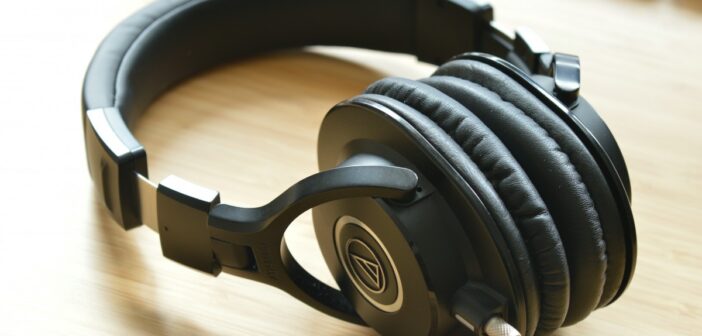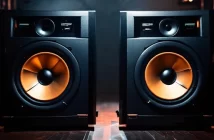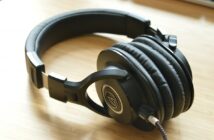
This page is also available in / Cette page est également disponible en:
![]() Francais (French)
Francais (French)
Choosing the right pair of headphones is important, but with countless brands, models, and so many features, the choice can feel overwhelming. Let’s break down the options, to optimize your listening experience.
The sound
The first thing on a headphone user’s mind is typically sound quality. Some audiophiles prefer what are called neutral headphones, which do not “colour” the music: these are considered “flat” and let you hear the music “as is.” Others want headphones that enhance the listening experience. These tend to boost the low and high frequencies, creating a more “exciting” sound.
Determining where a pair of headphones sits on the spectrum of neutral to audio enhancing—and what your preferences are as a listener—requires that you try them on.
Wired or wireless?
Despite the convenience of Bluetooth capabilities, a good old cable between your headphones to your device generally offers better sound quality. Wireless headphones also sometimes have audio-lag issues.
Wired headphones don’t need to be recharged, and guarantee that listeners won’t experience lag. It should be noted, though, that not all newer smartphone models have a headphone jack.
Closed over-the-ear cup
Audiophiles tend to prefer closed headphones, with cups that go over the ear.
Over-the-ear headphones, as they are called, tend to sound better simply because manufacturers can use larger components and loudspeakers in them. As a result, audio performance is not compromised by the need to reduce the components’ size.
In addition to their comfort, this style provides good noise isolation because their design offers a physical barrier to ambient sound, which comes in handy in a noisy environment. This kind of noise isolation feels more natural than that provided by earbuds, which “seal out” external noises by virtue of their placement in the ear canals.
Of similar design, on-ear headphones tend to be a bit smaller than over-the-ear headphones, but offer less isolation from the outside world. These run the risk of being less comfortable to wear for long listening periods, as they tend to press against the ear.
Both these styles are easy to share with others, as they offer less hygiene concerns than in-ear models.
Other considerations
Size and sturdiness are both important considerations when choosing what’s right for you. For instance, frequent flyers may be reluctant to reserve luggage space for cumbersome over-the-ear headphones.
If you listen to music as you commute on the bus or train, your headphones will need to be loud. In general, the lower the headphone impedance, the louder they are. This is particularly important if you are mostly using them with your mobile phone. Impedance ratings vary from one model to another.
From the audiophile perspective: the less additional electronics there are in the audio path, the better. Some headphones have noise cancellation technology, which works digitally by picking up the outside noise with a microphone and re-injecting it in the ear with the phase inverted, thereby cancelling outside noise. This feature, which is not to everyone’s tastes, can usually be turned off and on.
For the same reason I don’t recommend headphones with volume and other controls on the cable. However convenient, they risk creating weak links and increase the chances of added noise and a loose, unstable connection, especially over time.
This page is also available in / Cette page est également disponible en:
![]() Francais (French)
Francais (French)












